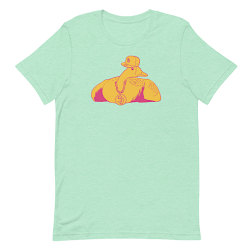San Diego County will implement a new Regional Stay Home Order starting on Monday, December 7 and lasting for at least 3 weeks that prohibits gatherings of any size and closes operations in multiple business sectors, including restaurants, bars, wineries and personal services.
The Southern California intensive care unit (ICU) bed capacity dropped below 15% this weekend, which in accordance with Governor Gavin Newsom's most recent announcement means the state requires San Diego County to implement a Regional Stay Home Order. At an emergency press briefing this afternoon, San Diego County Board of Supervisor officials explained the newest stay-at-home restrictions will go into effect Monday, December 7, starting at midnight, and will last for at least three weeks or until the region’s ICU capacity meets or exceeds 15% availability. The current ICU capacity for the Southern California region, which includes San Diego and 10 other counties, is now 12.5%. The order will be assessed on a county-by-county basis by the state on a weekly basis after the three-week period. Under the new order, residents are required to stay at home as much as possible and minimize mixing with other household members to reduce unnecessary exposure, while still being able to do important things like go to the doctor, buy groceries, pick up takeout from restaurants, go on a hike, or worship outdoors.
New restrictions that go beyond the current Purple Tier, which will remain in effect until at least December 28, include:
- No gatherings of any size between non-household members.
- Restaurants cannot host diners on site and can only open for takeout, delivery or drive-thru only.
- Indoor operations for retail is limited to 20%.
- Hotels and lodging can only open for critical infrastructure support.
- Indoor or outdoor playgrounds must close.
- Hair salons and barbershops must cease operations.
- Personal care services, including nail salons, must close.
- Museums, zoos and aquariums must remain closed.
- Movie theaters are to remain closed.
- Wineries and breweries must close.
- Cardrooms and satellite wagering must not operate.
- Overnight stays at campgrounds is banned during this time.
















